
Embarking on the journey to becoming a fully licensed driver in the UK is an exciting venture, filled with learning and new experiences.
Whether you’re a teenager eager to get behind the wheel or an adult looking to navigate the roads of the UK for the first time, understanding the process from learner to licence is crucial.
This article will guide you through each step, ensuring you’re well-informed and ready to take on the challenges ahead.
Understanding the Basics
The Importance of Getting Started Early
Starting your journey to becoming a licensed driver early is highly beneficial. It gives you ample time to understand the legal requirements, choose the right learning path, and gradually build your confidence and skills behind the wheel.
Beginning early isn’t just about getting a head start; it’s about giving yourself the space to learn at your own pace, making the experience less stressful and more enjoyable.
Understanding the Legal Requirements
Before you even think about hitting the road, it’s essential to know the legal requirements. In the UK, you can start driving a car at 17, but you can apply for your provisional licence up to three months before your 17th birthday.
This provisional licence is your ticket to start learning but comes with strict conditions: you must always be accompanied by a qualified driver who is at least 21 years old and has held a full driving licence for a minimum of three years.
Furthermore, “L” plates must be prominently displayed on the front and back of the vehicle whenever you’re driving.
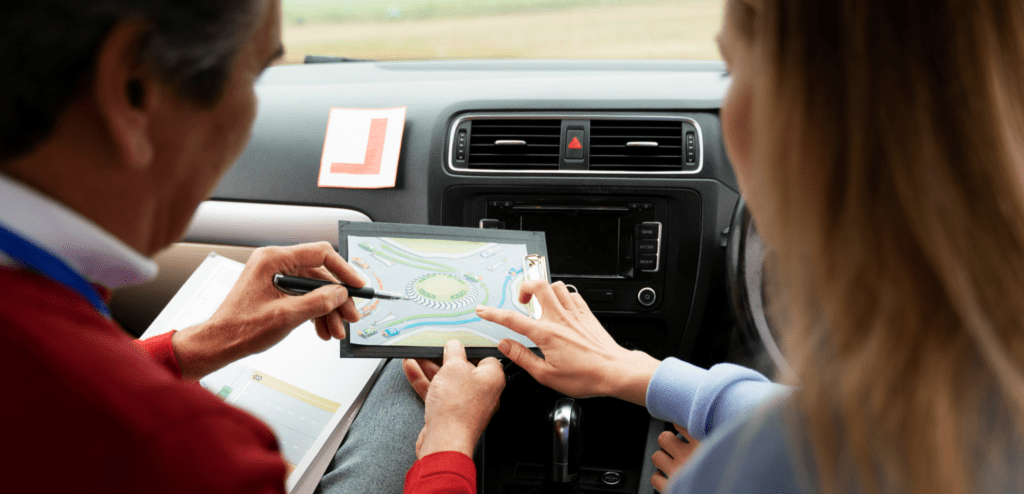
Choosing the Right Learning Path
Deciding between learning with a professional driving instructor or practicing with a family member or friend is a significant choice.
A professional instructor can provide structured lessons and expert guidance tailored to your learning needs, while practicing with someone you know can offer a more flexible and less expensive option.
Each path has its benefits and limitations, and it’s often most effective to combine the two approaches to gain a broad range of experience.
Preparing for Your Provisional Licence
The Application Process Explained
Applying for your provisional licence is the first formal step in your driving journey. You can apply online through the DVLA’s website or via post by completing a D1 application form, available at most Post Offices.
Online applications are typically faster and easier, allowing you to track your application’s progress.

Essential Documents You Will Need
To apply, you’ll need several key documents:
- A valid form of proof of identity (e.g., passport or national identity card for non-UK citizens)
- Proof of residency if you’re not a British citizen
- A colour passport-sized photo that meets the DVLA’s requirements

The rules that the DVLA require are:
Rules for digital photos
The quality of your digital photo
Your photo must be:
- clear and in focus
- in colour
- unaltered by computer software
- at least 600 pixels wide and 750 pixels tall
- at least 50KB and no more than 10MB
What your digital photo must show
The digital photo must:
- contain no other objects or people
- be taken against a plain light-coloured background
- be in clear contrast to the background
- not have ‘red eye’
If you’re using a photo taken on your own device, include your head, shoulders and upper body. Do not crop your photo – it will be done for you.
In your photo you must:
- be facing forwards and looking straight at the camera
- have a plain expression and your mouth closed
- have your eyes open and visible
- not have hair in front of your eyes
- not have a head covering (unless it’s for religious or medical reasons)
- not have anything covering your face
- not have any shadows on your face or behind you
Do not wear glasses in your photo unless you have to do so. If you must wear glasses, they cannot be sunglasses or tinted glasses, and you must make sure your eyes are not covered by the frames or any glare, reflection or shadow.
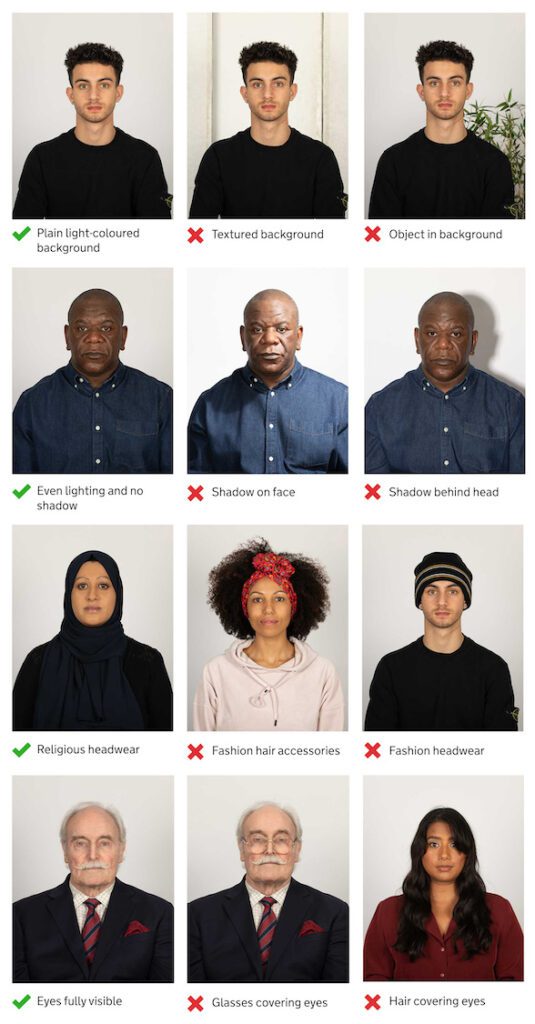
Image source: Open Government Licence v3.0
See the full rules from the DVLA here
Ensure these documents are up to date and readily available to avoid any delays in your application.

Image source: Open Government Licence v3.0
Tips for a Smooth Application
For a hassle-free application process, follow these tips:
- Double-check your application for any errors or omissions, as these can cause delays.
- Make sure all documents are current and meet the criteria set by the DVLA.
- Be prepared to pay the application fee of £34 when you apply online or £43 through the post, depending on how you apply.
Mastering the Highway Code
Essential Rules and Regulations
Understanding the Highway Code is crucial for all road users, especially learner drivers. It encompasses essential rules and regulations, including speed limits, road signs, and pedestrian right-of-way.
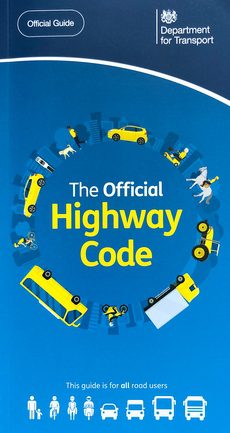
A firm grasp of these rules not only ensures your safety but also the safety of others on the road. It’s vital to familiarise yourself with various types of road signs, the rules around different road markings, and the legal speed limits for different areas and vehicle types.
Tools and Resources for Effective Learning
Several tools and resources are available to help learners master the Highway Code. The official DVLA website provides up-to-date information and digital versions of the Highway Code.
Additionally, numerous books, online resources, and mobile apps are specifically designed to aid learning.
Apps such as “Driving Theory Test 4 in 1 Kit” and websites like TheoryTest.org offer practice questions and mock tests that mirror the format of the actual theory test.
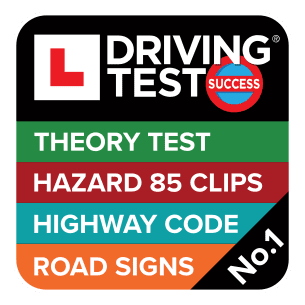
Common Misunderstandings and How to Avoid Them
Learner drivers often encounter confusion around roundabout rules or signal timings. A key tip is to revisit these topics regularly through various formats (reading, apps, and videos) to reinforce understanding.
Visual aids can be particularly helpful in demystifying complex scenarios, such as navigating roundabouts or understanding priority rules.
Learning to Drive: Practical Skills
Choosing a Driving Instructor
Selecting a qualified and compatible driving instructor is fundamental to your learning experience. Look for instructors who are DVSA-certified and have a good reputation.
Asking potential instructors about their teaching style, pass rates, and whether they offer lesson packages can help you make an informed decision.
Compatibility and comfort with your instructor can significantly impact your learning progress.
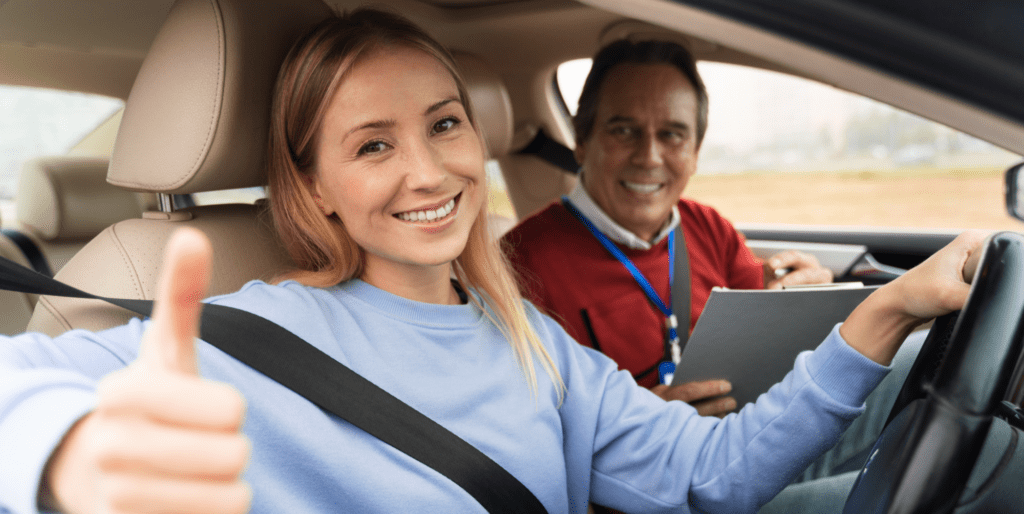
Key Skills Every Driver Should Learn
Every driver should master a set of essential driving skills. These include parallel parking, merging onto motorways, and night driving.
Additionally, understanding how to handle various weather conditions and emergency situations is crucial.
A comprehensive learning approach with a professional driving instructor can ensure these skills are thoroughly covered during your driving lessons.
Practicing Beyond Lessons
Practicing driving outside of professional lessons is important for reinforcing learned skills. It’s recommended to log additional hours with a qualified driver, such as a family member or friend, to build confidence and experience.
Ensure these practice sessions are conducted safely, in appropriate conditions, and always with a focus on improving specific skills.
Passing the Theory Test
Preparing for the Theory Test
Effective study strategies are key to passing the theory test, which consists of multiple-choice questions and a hazard perception test.
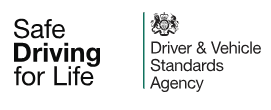
Utilising a variety of resources, such as the official DVSA theory test app and online mock tests, can help familiarise you with the test format and types of questions asked.
Practice multiple-choice questions here
What to Expect on the Day
On the day of the theory test, ensure you arrive early with the necessary ID requirements. The test centre will guide you through the process, which includes a multiple-choice section followed by the hazard perception test.
Understanding the format and what to expect can help ease nerves and improve performance.
How to Approach Hazard Perception
The hazard perception section requires you to identify potential hazards in video clips. Practice is key to success in this part of the test.
Use online tools and resources to familiarise yourself with the types of scenarios presented and develop a quick and accurate response to developing hazards.
Practice hazard perception test here
The Practical Driving Test
Last-Minute Tips Before Your Test
Preparation is crucial for the practical driving test. Getting a good night’s sleep, checking the vehicle you will be using for the test, and performing some warm-up practices can help settle nerves and prepare you mentally and physically.
Understanding the Test Criteria
The practical test assesses your ability to drive safely and competently. Familiarise yourself with the test criteria, including the manoeuvres you may be asked to perform.
Understanding common reasons for failure, such as observation errors or lack of control, can help you avoid these pitfalls.
What Happens After Passing
After passing your test, consider taking a Pass Plus course to further improve your skills, especially in areas not covered by the standard test, such as motorway driving.
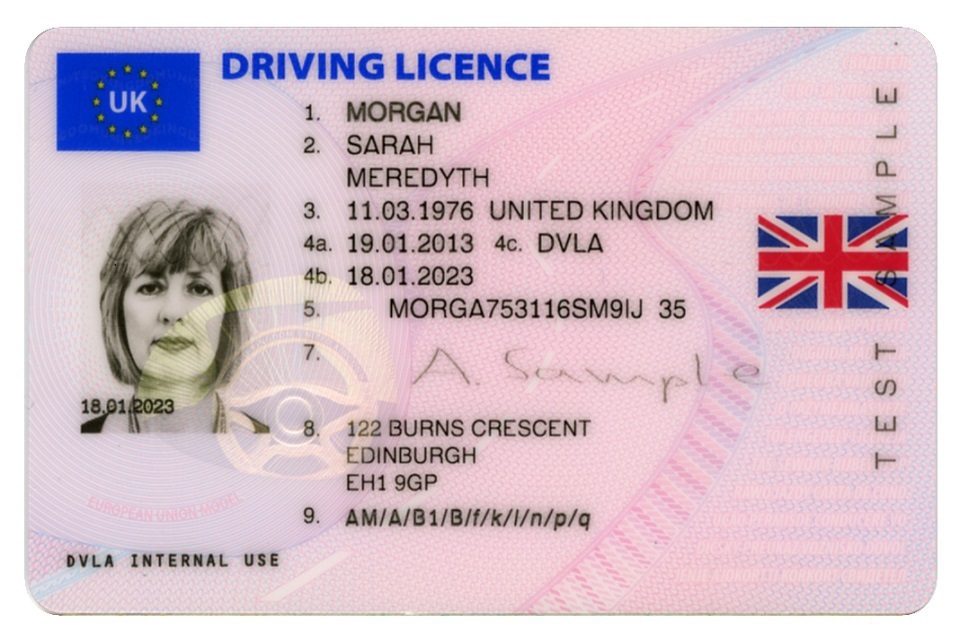
Image source: Open Government Licence v3.0
Additionally, buying a car and getting insurance are your next steps towards independence on the road. Researching insurance options that offer good value for new drivers is essential.
By following this comprehensive guide, you’ll be well-prepared for each stage of your journey from learner to licensed driver.
Remember, patience and consistent practice are your greatest allies in achieving driving success.
Frequently asked questions
You can start learning to drive a car at 17. However, you can apply for your provisional licence up to three months before your 17th birthday.
Yes, you must have a provisional licence before you can start driving lessons on public roads in the UK.
Yes, you can practice driving with a family member or friend, provided they are at least 21 years old and have held a full driving licence for at least three years.
Remember, “L” plates must be displayed, and the person supervising must be fit to drive.
You can apply for your provisional licence online through the DVLA website or by post using a D1 application form available at Post Offices.
You’ll need proof of identity (e.g., passport), proof of residency if you’re not a British citizen, and a colour passport-sized photo.
Use a combination of study materials such as the DVSA’s official theory test book, online resources, and apps that offer practice questions and mock tests. Diversifying your study methods can help reinforce your knowledge.
You can book your theory test online through the DVLA’s official website once you have your provisional licence.
Focus on a broad range of skills including manoeuvres like parallel parking, understanding road signs, following directions, and driving in various conditions. Your driving instructor will help you identify areas for improvement.
The number of lessons varies from person to person, depending on your learning pace, prior experience, and confidence.
On average, people take around 45 hours of professional lessons and 22 hours of private practice.
It’s not uncommon to fail the practical test on the first attempt. Review the feedback from your examiner to understand where you need to improve, practice those areas, and then book another test when you feel more confident. Remember, persistence is key.


